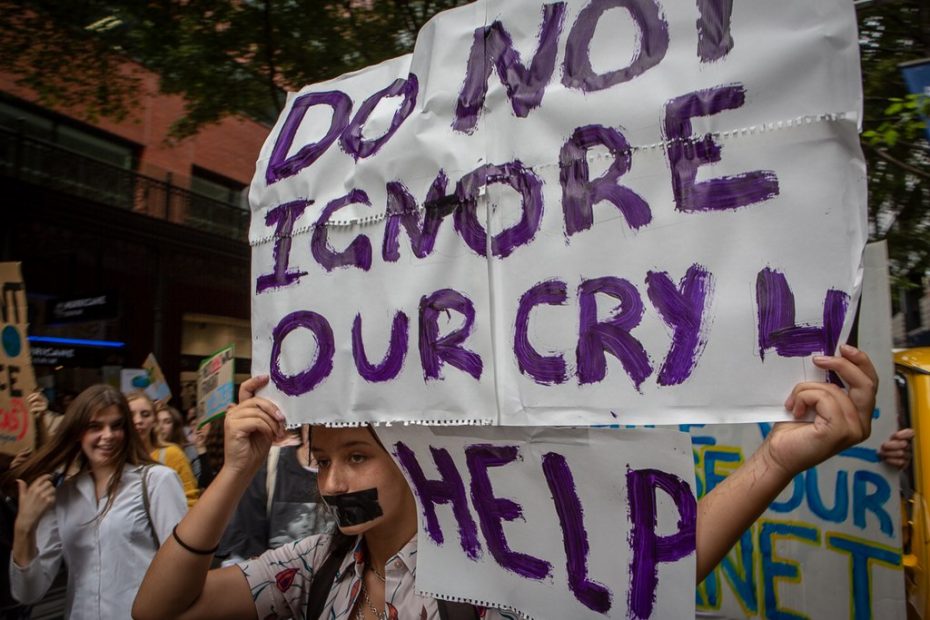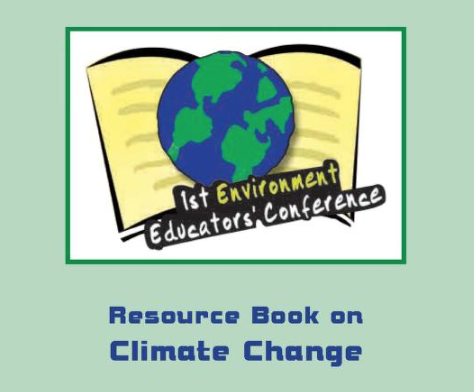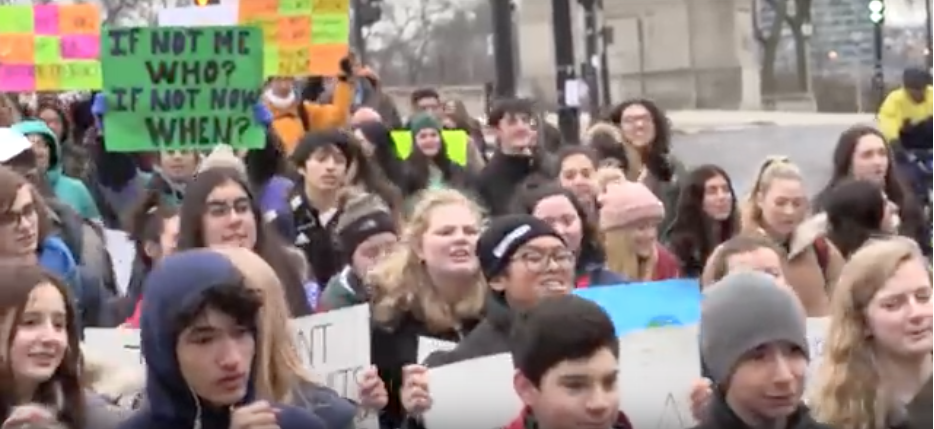By W. George Scarlett |
There’s a certain irony in the fact that where we find the most diversity in life forms, in nature, we find the least diversity in human life forms – at least in the U.S.. In the U.S., go to national parks or any place where wildness is featured, and the predominant representation is white. And close to home, in cities across the U.S., low-income, racial minority children and youth, compared to their white counterparts, are far more apt to have little connection to green spaces and to the wonders and benefits that nature offers. If, as Richard Louv famously put it, today’s children and youth are apt to suffer from ‘nature deficit disorder’, this is all the more true of children and youth of color. And what researchers refer to as “environmental inequality” isn’t just about not having access to green spaces and nature; it’s also about perceiving green spaces and nature as unsafe and not offering positive opportunities for adventure, exploration, play, and all the other ways that nature has such a positive meaning for so many children and youth who have been lucky enough to not have to deal with racism – institutional or otherwise.






